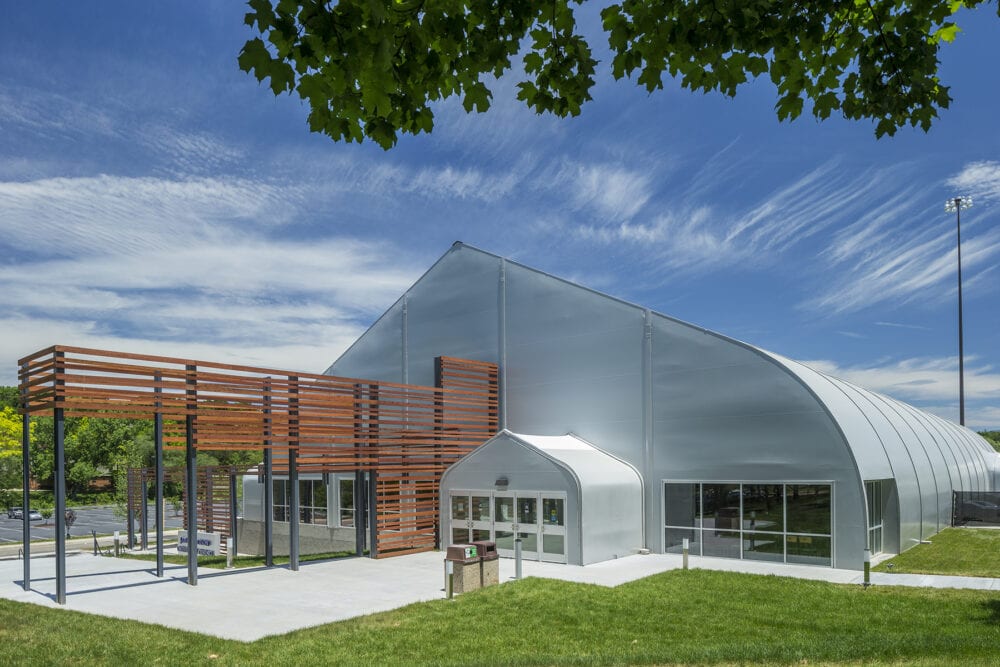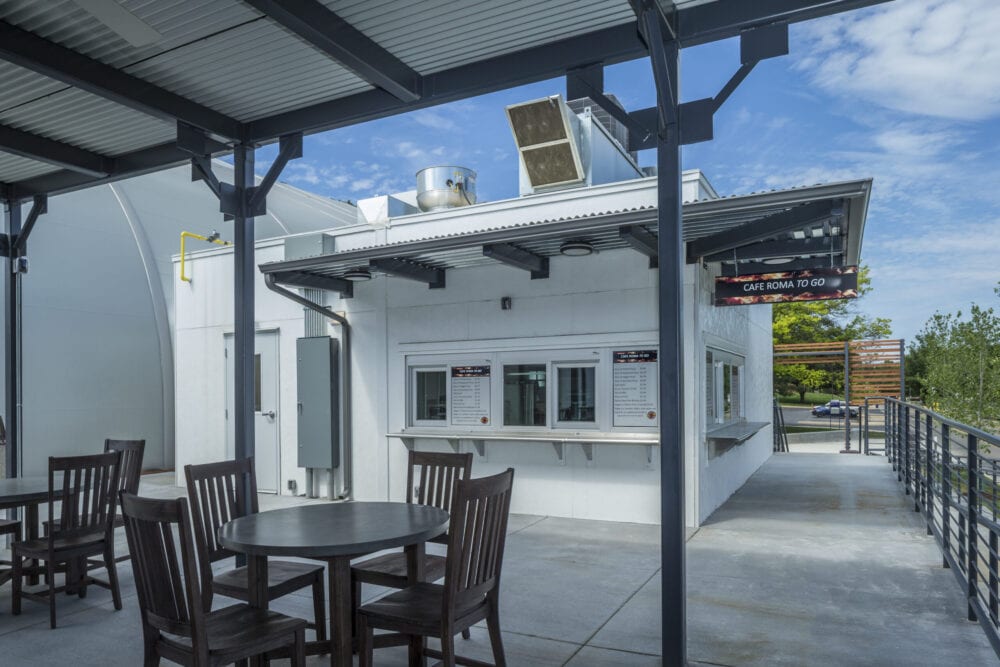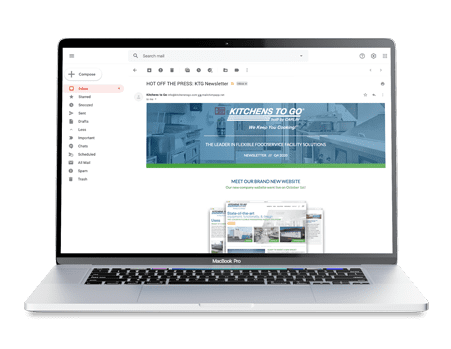Useful and inviting dining areas are factors for college student success and satisfaction. Multiple, custom dining environments enrich the student experience and provide an atmosphere that increases campus pride.
Recent studies have shown that the dining hall and foodservice programs play important roles in the recruitment and retention strategies for college and universities. Useful and inviting dining areas are factors for college student success and satisfaction. Multiple, custom dining environments enrich the student experience and provide an atmosphere that increases campus pride.


Kitchens To Go provides mobile, modular and containerized solutions for projects of any timeframe. Markets and conditions are changing constantly, however, so please connect with us to find out what options are currently available for your project’s need and timeline.

Stay up to date with Kitchens To Go by signing up for our quarterly newsletter! Be among the first to hear about news, product innovation and the all ways KTG Keeps You Cooking!
131 West Jefferson Ave,
Suite 223
Naperville, IL 60540
Phone: 866-499-5481
Fax: 630-355-1610
9876 West Old Road,
US 30
Etna Green, IN 46524
